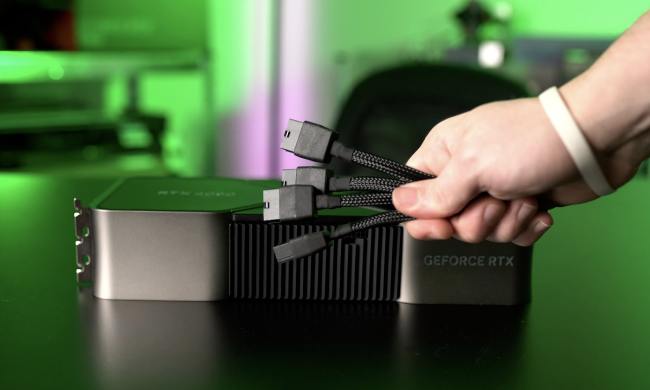
The multiplatform browser hasn’t even been released to the public yet, but Eich’s company is promising a browsing experience that is safe from intrusive advertising that tracks the user. It also claims to be much faster than other browsers as a result — up to 1.4 times faster on PC and two to four times faster on smartphones.
Version 0.7 has been released today for early adopters and testers with versions for Windows, OS X, iOS, and Android, and has been built on Google’s Chromium and not Mozilla’s Firefox, despite Eich’s previous association with the latter.
Brave won’t block all ads though. Native advertising and ads that don’t track users won’t be blocked, and in fact, Brave plans to run to ads itself in the browser that Eich feels aren’t intrusive or overstepping their bounds. Eventually the company may sell data on your browsing history, in broad brush strokes rather than targeted tracking, to publishers and advertisers. This will make up Brave’s primary revenue source.
“By default Brave will insert ads only in a few standard-sized spaces. We find those spaces via a cloud robot (so users don’t have to suffer, even a few canaries per screen size-profile, with ad delays and battery draining),” Eich wrote to explain how it plans to pull this off. “We will target ads based on browser-side intent signals phrased in a standard vocabulary, and without a persistent user id or highly re-identifiable cookie.”
If the browser can gain some traction and garner a couple of million users, it will consider compensation of some of the ad revenue to its users, but that remains some time off at this early stage. Brave Software hasn’t indicated when we can expect the general release of the browser.


